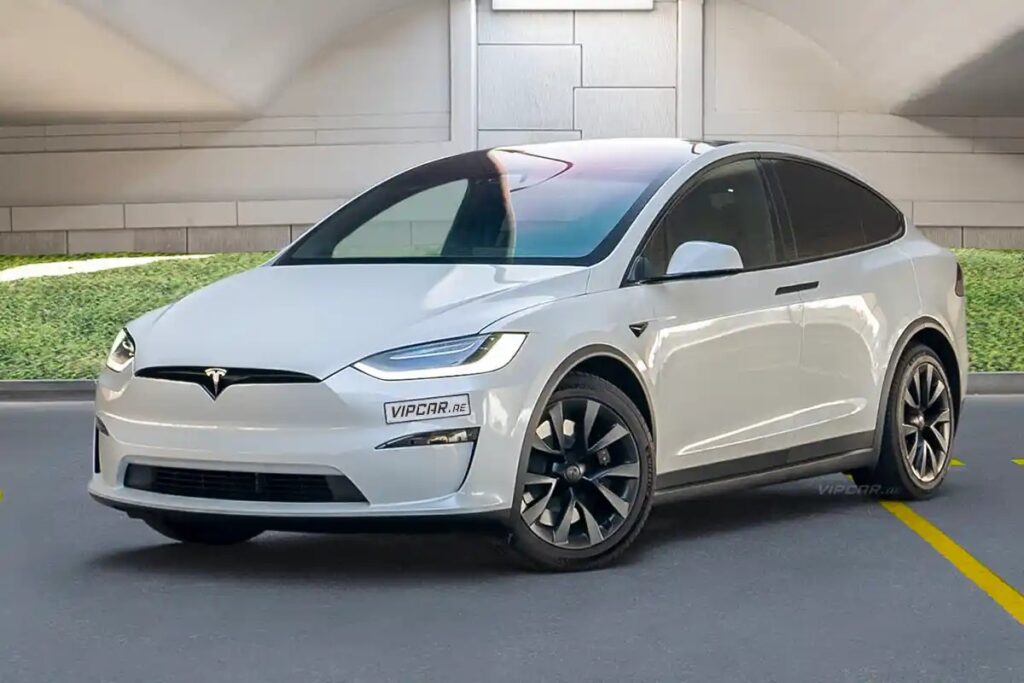Electric vs Petrol: The New Battle for Speed and Performance
Motorsports and supercars are heading into unfamiliar territory—and fast. From a Tesla rental in Dubai to the pit lanes of Formula E, electric vehicles (EVs) are no longer side acts. They’re redefining how we measure speed, control, and excitement. The familiar growl of a petrol engine still has its place, but it’s no longer the only sound that matters. The new rival is nearly silent, lightning-quick, and surprisingly refined. And it’s not just different—it’s pushing boundaries we didn’t know needed breaking. Whether you swear by the rumble of a V8 or feel the pull of electric precision, here’s how the two stack up—and what that might mean for the future of fast.

Electric Racing Isn’t Sitting in the Shadows Anymore
Formula E started in 2014 as a kind of experiment. Today, it’s a legit proving ground. Brands like Jaguar, Audi, and Mercedes-Benz have all joined in, swapping classic racetracks for tight city circuits. These events transform places like Paris, New York, and Rome into high-stakes arenas of electric speed.
There’s no roar or smoke here—just sharp cornering and split-second tactics. With limited battery life and no refueling stops, every lap is a mental game. Brute strength takes a backseat to strategic finesse.
But the real story isn’t just what’s happening on track—it’s what’s coming off it. Tech like regenerative braking and thermal management systems are trickling down into production EVs. Even tire innovations born in Formula E are influencing how your next car might drive, handle heat, or stop on a dime. Racing isn’t just entertainment anymore—it’s R&D on full display.
Electric Supercars Aren’t Just Quick—They’re Everywhere
As electric racers prove their worth, supercar manufacturers are going all-in. Rimac, Tesla, and Pininfarina aren’t just trying to keep up with petrol icons—they’re setting a new pace. And they’re not keeping it locked behind velvet ropes. Whether it’s a Rimac ripping through a track or a luxury car for rent in Dubai gliding past skyscrapers, electric performance is getting noticed in all the right places.
The Rimac Nevera hits 60 mph in 1.85 seconds. That’s not acceleration—it’s teleportation. Each wheel has its own motor, giving it a level of grip and control that feels less mechanical and more surgical. Tesla’s next-gen Roadster isn’t far behind, promising 0–60 in under two seconds and a top speed that rivals private jets. That kind of performance doesn’t just challenge Ferrari—it unnerves it.
These machines aren’t just built for specs either. On real tracks, they’re putting down serious numbers. They won’t scream like a V12, but mash the accelerator and it feels like your stomach just left the car. No gear changes, no build-up—just a clean, brutal surge.
The Real Edge? Instant Torque
If there’s a cheat code in this race, it’s electric torque. While gas engines need to build power, electric motors serve it up instantly. Tap the pedal, and you’re moving—hard.
That’s what makes EVs so lethal off the line. Sure, a Formula E car might top out around 140 mph, but coming out of a tight corner? They’re gone before you’ve blinked. It’s not just speed—it’s precision. Gears? Lag? Not even part of the conversation.
This kind of responsiveness is changing the definition of driving skill. Petrol engines still rule the long straightaways, but EVs dominate the transitions—the exits, the quick cuts, the unplanned moments. That’s where races are won now.
A Whole New Feel Behind the Wheel
But performance isn’t just about power—it’s about how it feels. EVs are heavy, but their low battery placement keeps their center of gravity planted. That translates to grip and stability that’s hard to match.
Take the Nevera again—it’s not just built for straight-line heroics. With real-time adaptive dampers, it hugs corners with eerie calm. You feel the road, sure—but without the usual twitch or drama. It’s speed with poise.
Stack that up against something like a Ferrari 488 or a McLaren 720S and the contrast is clear. Petrol cars bring the drama. Electric ones bring the discipline. Less raw chaos, more digital finesse. And that gap is only going to widen as tech evolves.
Where It’s All Headed
This is far from the final form. Porsche is deep into Formula E, and Audi’s setting sights on electric endurance races like Le Mans. As racing tech evolves, everyday EVs benefit. Range improves. Cooling systems get smarter. Performance gets less flashy and more efficient.
Before long, the features that once screamed “prototype” will quietly live inside your daily driver. The divide between race car and street car? Thinner than ever.
Sustainability and speed used to feel like opposites. Now, they’re moving in the same direction.
The Verdict
This isn’t a preview—it’s the first lap. Electric cars aren’t trying to catch up to petrol; they’re rewriting the playbook. Instant torque, scalpel-sharp handling, and space-age engineering aren’t some gimmick—they’re here.
They might whisper instead of roar. But the thrill? That’s still very much intact.
Whether you’re drawn to the old-school muscle or the quiet storm of EVs, one thing’s clear: the race is already on—and electric isn’t looking back.






